Comprehensive Energy Data Intelligence
Information About Energy Companies, Their Assets, Market Deals, Industry Documents and More...
The growth of the U.S. oil and gas industry in 2022 will come from smaller companies and private businesses
10/07/2021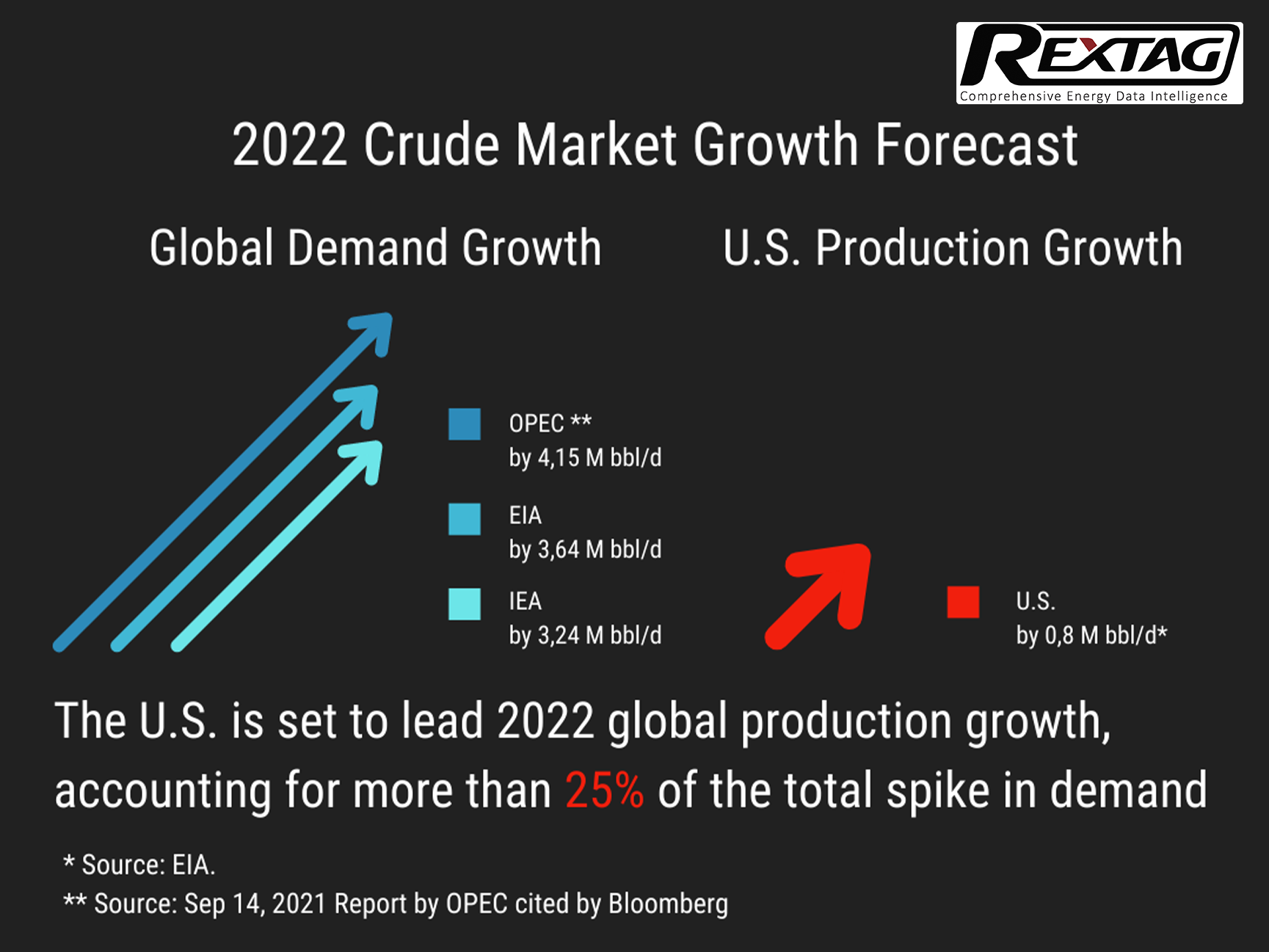
The U.S. is expected to see an increase in oil production thanks to little-known private companies that are unaffected by stock market pressures. By 2022, oil output is expected to grow by 800,000 bbl/d, increasing sharply from this year and making the U.S. the fastest-growing oil producer outside of the OPEC cartel.
Surprisingly, the rise is not being driven by major oil companies. More than half of total U.S. output growth next year will come from privately-held producers, versus regularly expected 20%.
Currently, oil prices are hovering around $70/bbl, which makes most shale wells profitable to drill. Yet, despite huge losses resulting from the pandemic as well as unsustainable drilling rampage, the majority of leading oil companies have promised their shareholders to limit the amount they spend on growth for now. In contrast, private companies decided to bite the bullet, and have been leading the rise in oil and gas rigs drilling in the U.S. this year, which has more than doubled over from past September.
The onset of the Coronavirus pandemic of late 2019 dethroned the American oil industry from the leading position — which it got thanks to active shale field development — by forcing States to slow production from a peak of about 13 million barrels/day in late 2019 to about 11.1 million barrels/day by the end of 2020 due to low oil prices and falling demand.
Nevertheless, increasing crude oil production is now on the government agenda after the impact of Hurricane Ida, and expects production to reach 12.2 million barrels/day by the end of 2022. It is projected that drilling and bringing new oil wells online will grow more than $15 billion in one year.
In times of tight oil supplies, U.S. growth will impact world oil market balances. Currently, OPEC+ nations alone have been bringing about 400,000 bbl/d of new production volumes to the market each month in response to the unprecedented cuts last year.
Bank of America also expects to see new supplies from the United States of about 800,000 barrels per day in 2022 in a bid to ease supply concerns. And even with a strong comeback from the U.S., crude prices should still hold well above $70/bbl next year and could, potentially, even jump as high as $100/bbl.
Despite these prospects, many leading oil companies still decided to bow down to their shareholders, putting profits overproduction increases.
Although the oil and gas sector has been on a decline for the past couple of years, changes in the public’s perception of the industry might not be too far away. A recent rise in oil prices is being accompanied by a continued level of capital discipline from producers, which could lead to a healthier reputation for the sector.
At Rextag we also expect to see some fairly major shifts in perception, in line with the way other sectors dealt with shifts in business models.
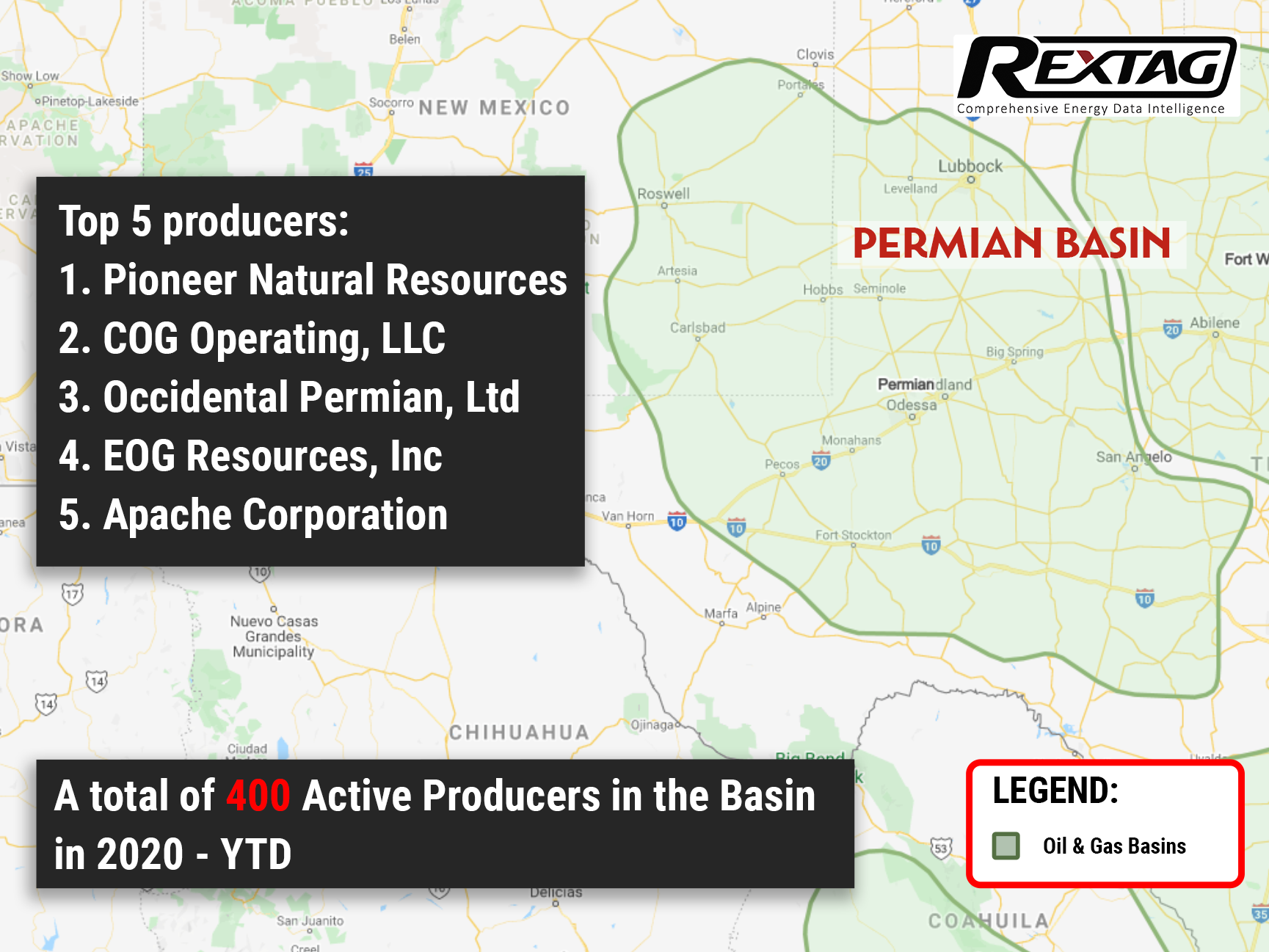
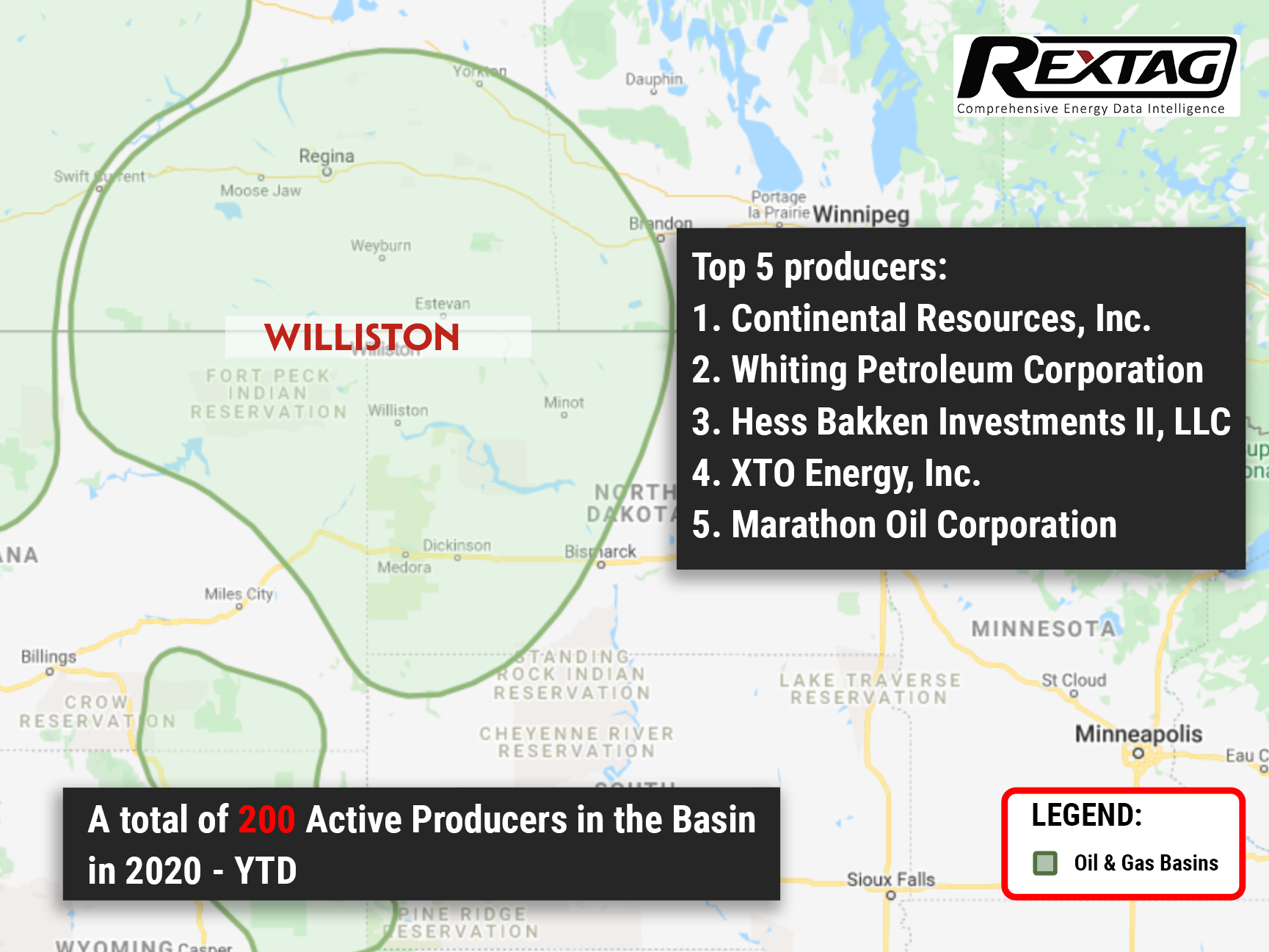
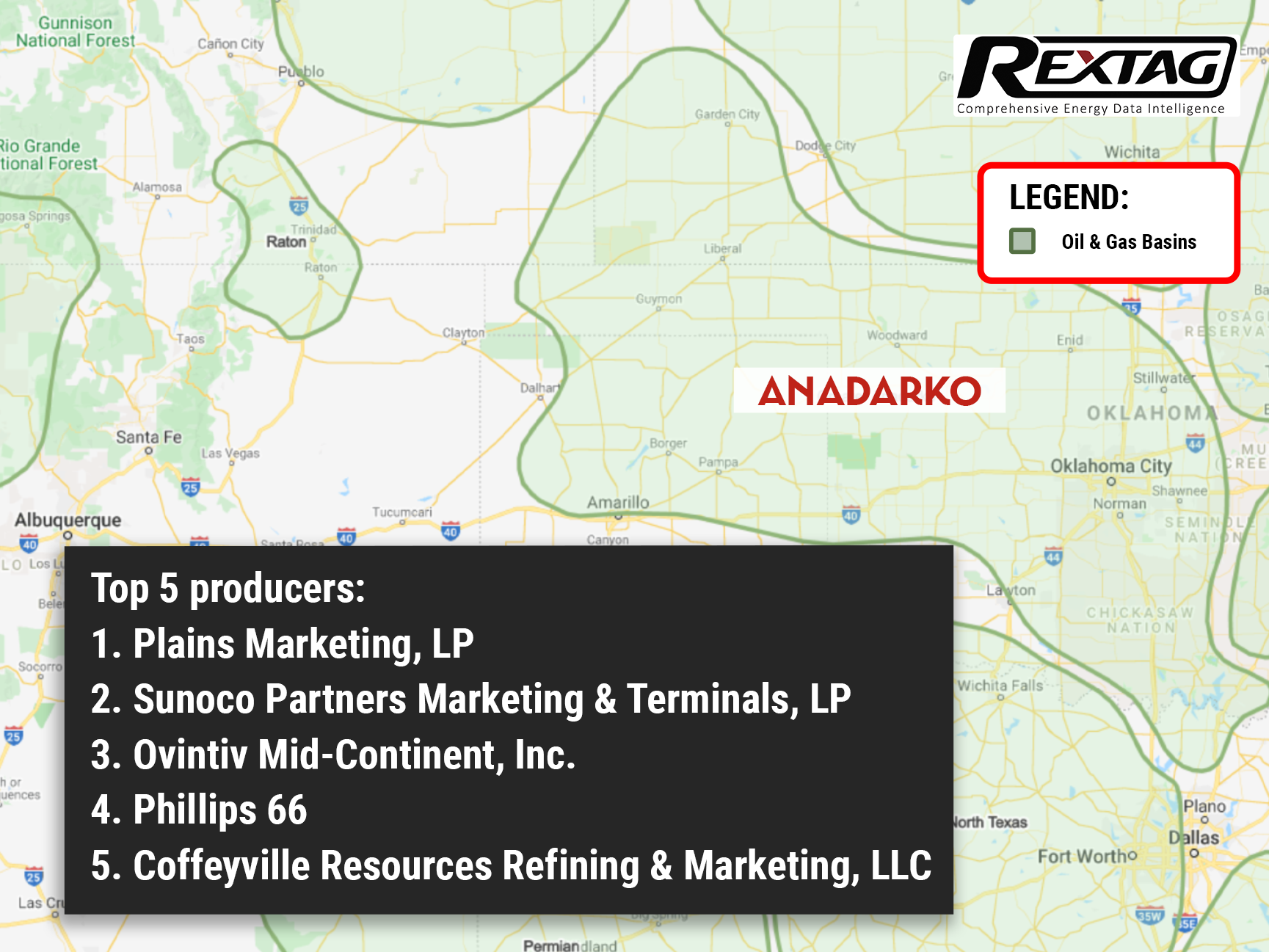
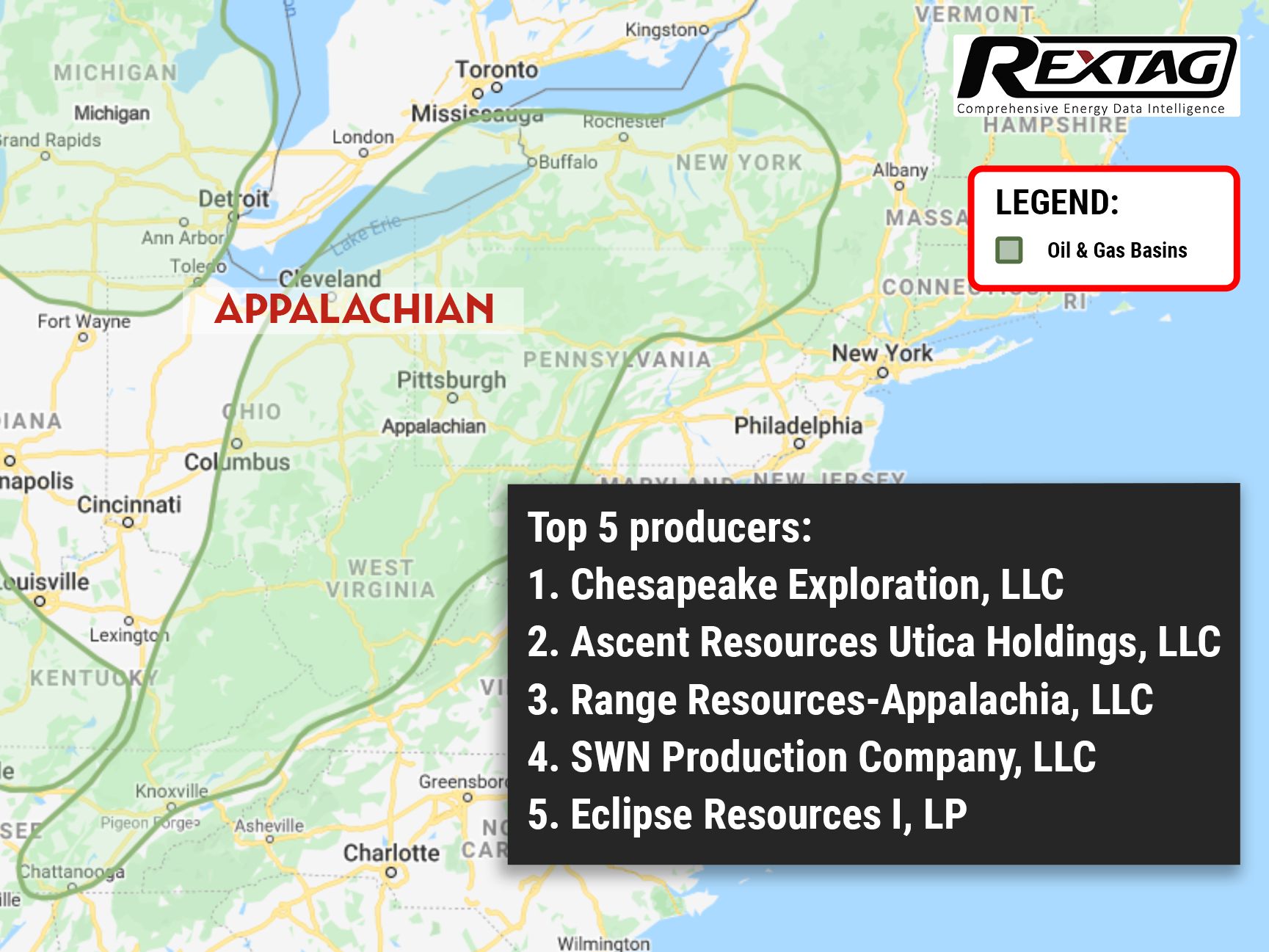
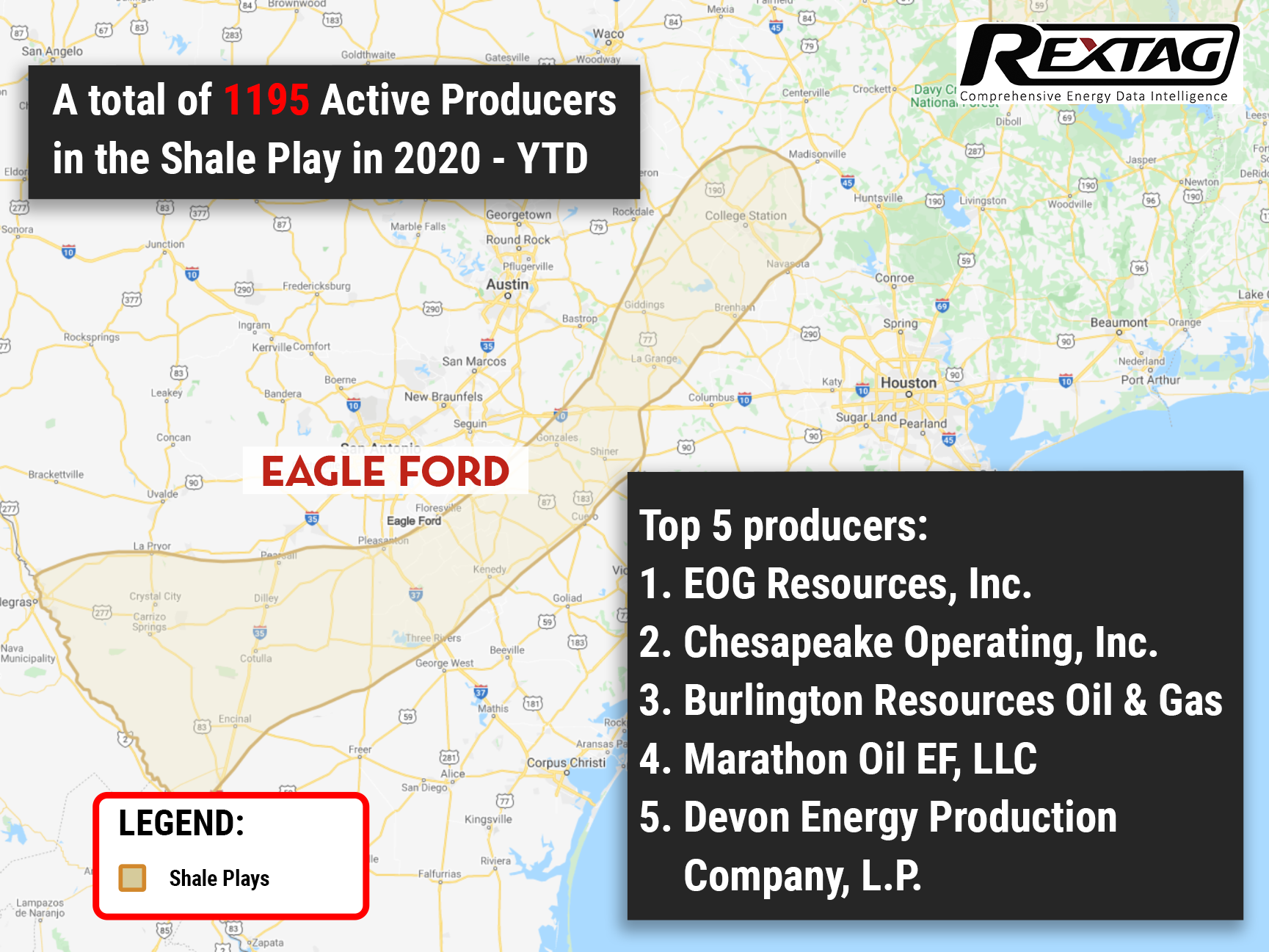
If you are looking for more information about energy companies, their assets, and energy deals, please, contact our sales office mapping@hartenergy.com, Tel. 619-349-4970 or SCHEDULE A DEMO to learn how Rextag can help you leverage energy data for your business.
Streamlining ESG Management in Oil & Gas: Simplify Compliance with the Latest Standards
![$data['article']['post_image_alt']](https://images2.rextag.com/public/blog/R131_B_ESG_Management.png)
To effectively manage ESG issues in O&G companies, a comprehensive approach is required, addressing multiple managerial issues. First, ESG considerations must be integrated into the corporate strategy, setting goals that align with business objectives, reflected in budgeting, capital allocation, and risk management. Accurate and efficient collection, management, and reporting of ESG data is necessary for identifying relevant metrics and indicators, such as greenhouse gas emissions, water consumption, and social impact indicators.
Blockchain as a technology for smart contracts in O&G
![$data['article']['post_image_alt']](https://images2.rextag.com/public/blog/WPostR12_Blockchain_as_a_technology_for_smart_contracts_in_Oil_and_Gas.png)
The oil and gas industry has long relied on the recommendations of trusted experts to make key supply chain decisions. The growing popularity of Blockchain technology could significantly disrupt these relationships by providing an unbiased methodology for sourcing, tracking, and executing transactions on behalf of customers with transparent data sets across supply chain endpoints. Blockchain technology has already been used by many global companies in the last two years in various areas such as IoT (Internet of Things), smart contracts, and cryptocurrencies. It has enabled businesses to benefit from the inherent trust and transparency of the technology.
![$data['article']['post_image_alt']](https://images2.rextag.com/public/blog/328_Blog_Why Are Oil Giants Backing Away from Green Energy Exxon Mobil, BP, Shell and more .jpg)
As world leaders gather at the COP29 climate summit, a surprising trend is emerging: some of the biggest oil companies are scaling back their renewable energy efforts. Why? The answer is simple—profits. Fossil fuels deliver higher returns than renewables, reshaping priorities across the energy industry.
![$data['article']['post_image_alt']](https://images2.rextag.com/public/blog/327_Blog_Oil Market Outlook A Year of Growth but Slower Than Before.jpg)
The global oil market is full of potential but also fraught with challenges. Demand and production are climbing to impressive levels, yet prices remain surprisingly low. What’s driving these mixed signals, and what role does the U.S. play?
![$data['article']['post_image_alt']](https://images2.rextag.com/public/blog/326_Blog_USA Estimated Annual Rail CO2 Emissions 2035.jpg)
Shell overturned a landmark court order demanding it cut emissions by nearly half. Is this a victory for Big Oil or just a delay in the climate accountability movement?